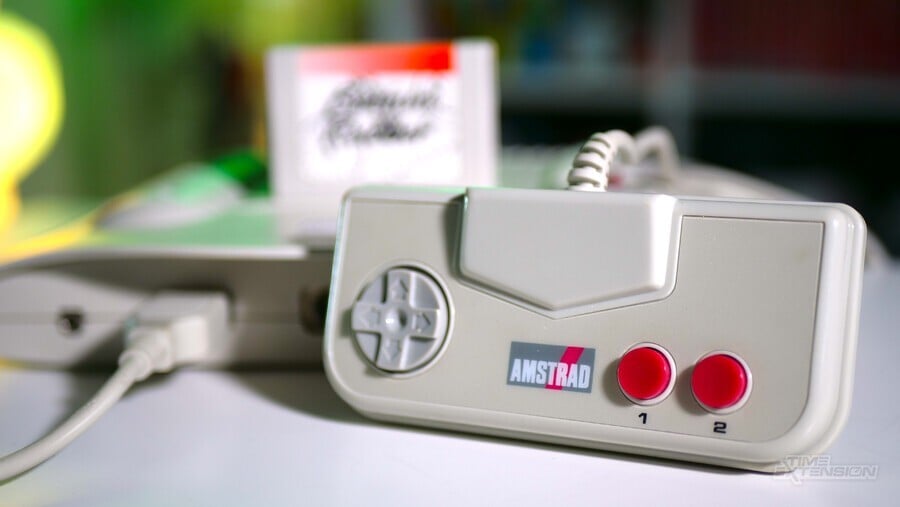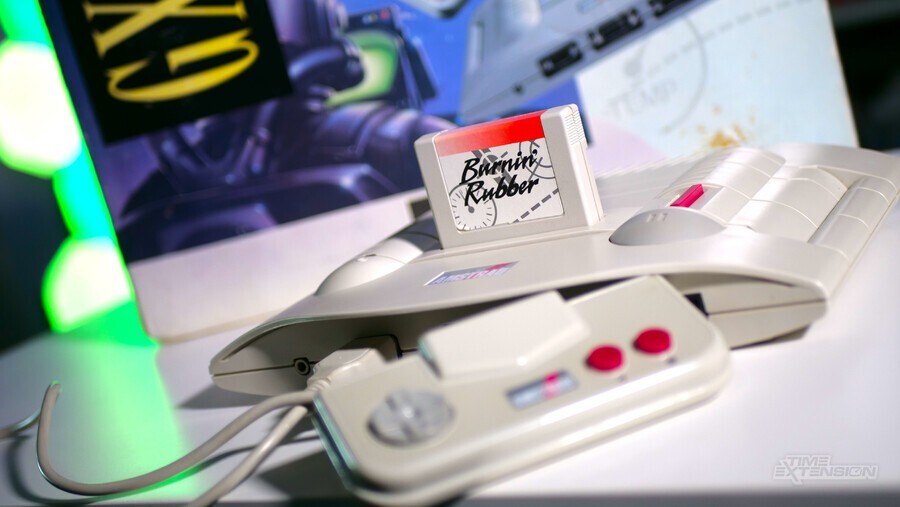
The video game industry has seen its fair share of hardware failures, but the Amstrad GX4000 is one of the most notable.
Released in 1990 just as the resurrected home console market was starting to gain traction, it was an attempt by Alan Sugar's Amstrad to establish a foothold in what promised to be a lucrative sector.
Rather than develop an entirely new platform, Amstrad simply took the architecture of its CPC Plus computer line and turned it into a £99 cartridge-based home console.
Despite spending around £20 million solely on promotion and marketing, the GX4000 was a commercial flop, selling around 15,000 units in total.
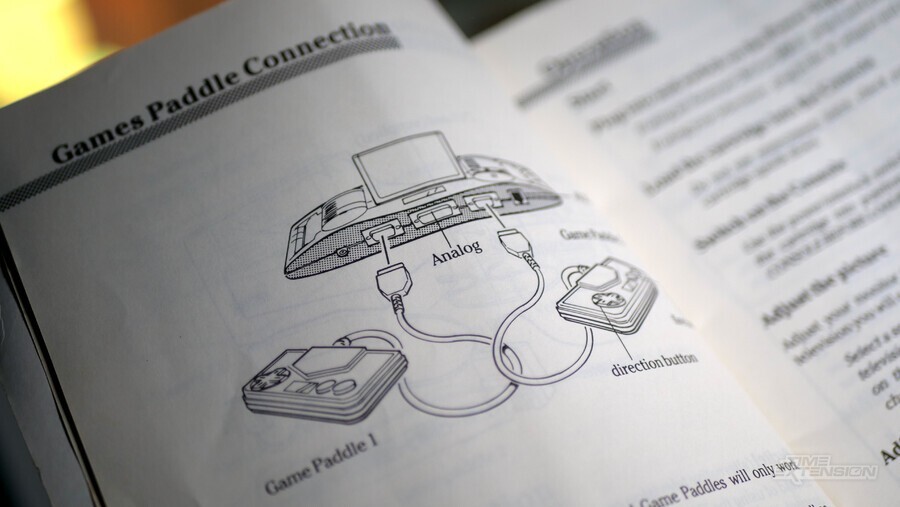

While its games, at £25, were reasonably priced when compared to the competition, they were, in reality, little more than cassette-based titles (which usually cost less than £5) in a different format. Less than 30 games were ever published for the GX4000, with only 13 of that total being "enhanced" for the system.
While the GX4000 was initially included in the popular UK multi-format magazine Mean Machines, it was quickly dropped when it became clear that it wasn't finding an audience; few other magazines gave it the time of day.
Fairly soon, retailers were selling the system for as little as £29.99 to shift stock, and publishers like Ocean, Titus, and UbiSoft quickly abandoned it; many other game companies never even bothered giving it a look at all.
Today, the GX4000 can be picked up for a fairly reasonable price, thanks largely to the fact that its reputation is about as low as you can get – the boxed unit shown in this piece cost less than £100.
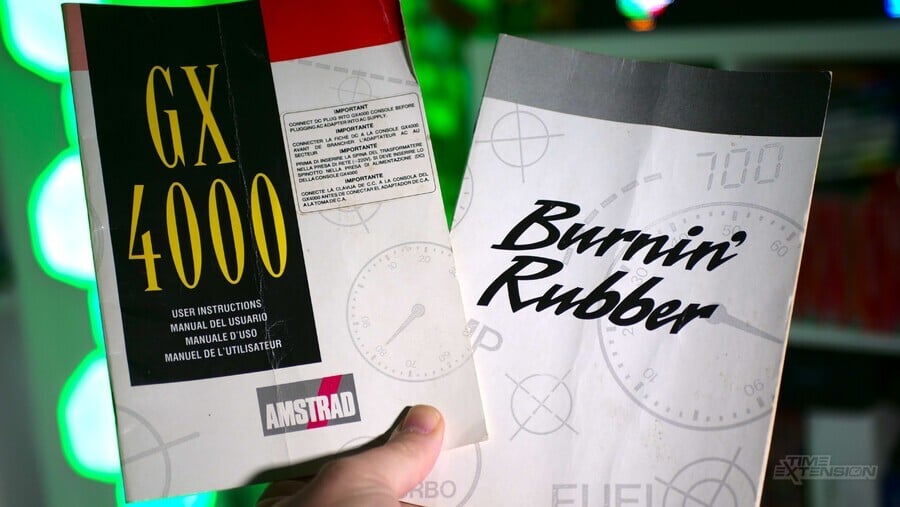
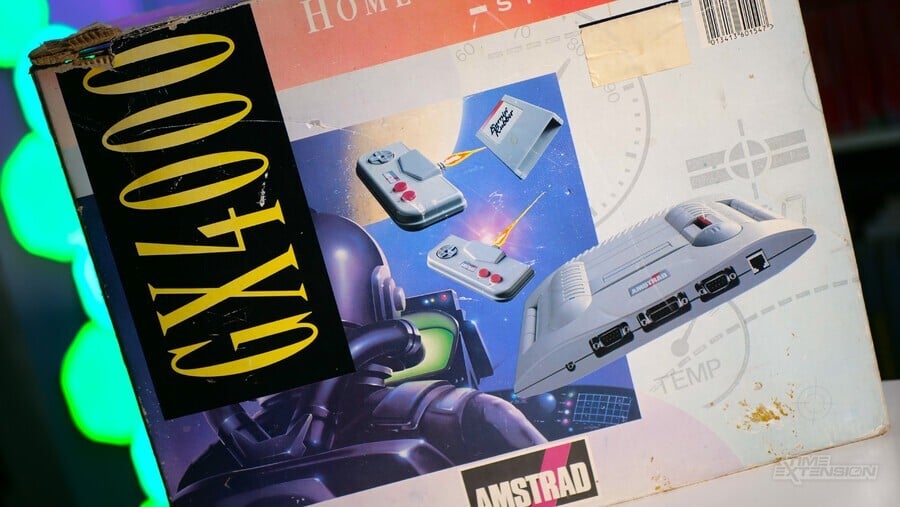
However, when twinned with a flash cart, it grants access to a vast array of CPC games, not just the ones published for the GX4000. There's a healthy homebrew community which has grown up around the CPC, and many of these new titles are playable on the console.
Another plus is the fact that the system has a crisp RGB SCART output without the need for any internal modification – and its case design is actually rather fetching (it's a shame that the bundled controllers are pretty awful).
Did you have the misfortune of getting a GX4000 for Christmas 1990? Perhaps you have fond memories of the console despite its poor standing in the pantheon of gaming hardware. Let us know with a comment.
